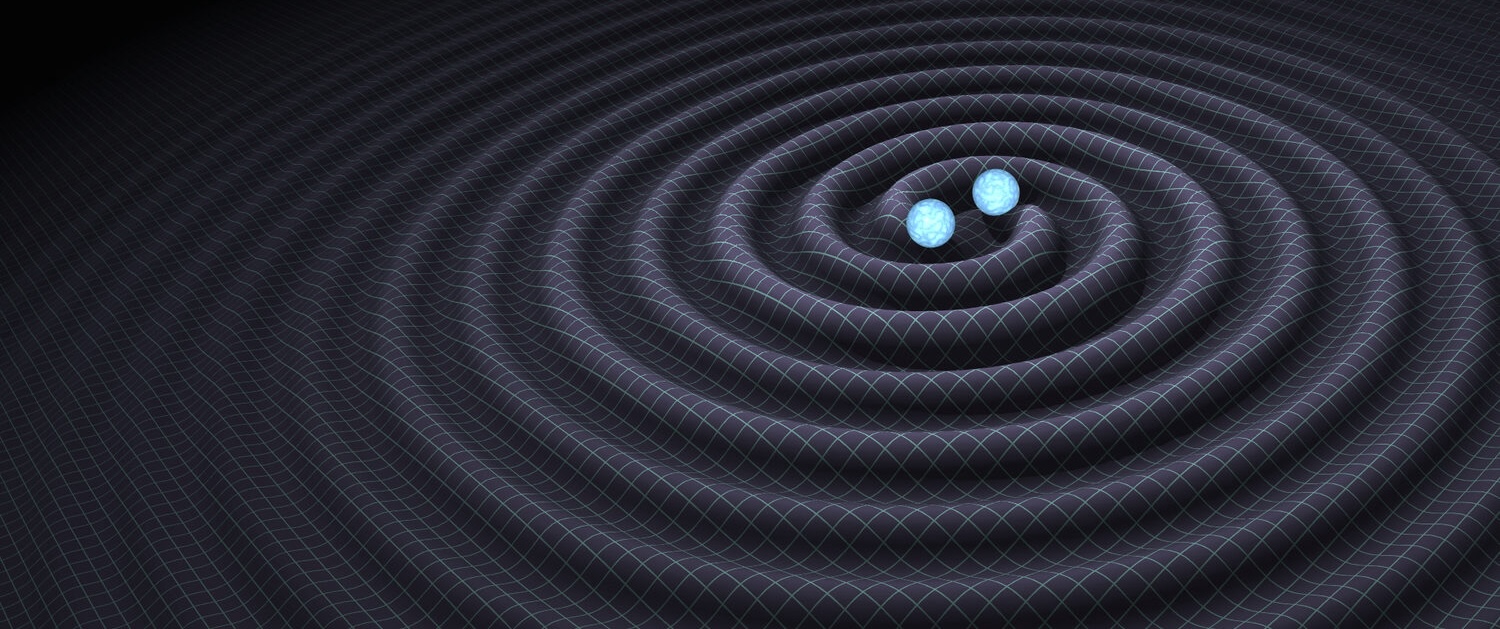
Figure 1: An artist’s impression of a hypermassive neutron star formed in the aftermath of a neutron star merger. These exotic objects, which are more massive than the theoretical maximum and are predicted to rapidly collapse into black holes, may create long-duration gravitational-wave bursts. Credit: ESO/L. Calçada/M. Kornmesser
All of LIGO–Virgo–KAGRA’s detected gravitational wave (GW) signals have thus far come from compact binary coalescences, where pairs of neutron stars or black holes merge after a long cosmic dance. One of the great successes of Einstein’s theory of general relativity is in accurately predicting the GW signals that are emitted in these cataclysmic events. But there are almost certainly other sources of GWs out there, not quite as well understood and yet to be detected. Some of the most promising sources emit “bursts”: GW transients for which no shape is known ahead of time.
This paper presents a search for these types of signals from the first part of the latest LVK observing run, O4a, which ran from May 2023 to January 2024. Specifically, this is a search for long-lived transients, lasting from approximately 1-1000 seconds. While we don’t know exactly where these signals may arise, theories predict that they may be emitted by non-spherical deformations in newly-born neutron stars, wobbly or unstable accretion disks around black holes, or neutron star or black hole binaries in highly eccentric (i.e., non-circular) orbits. In particular, these types of bursts might give us insight into what happens after a neutron star merger like the spectacular GW170817: whether the resulting remnant is a very massive neutron star or a black hole.
The search was performed using two independent algorithms, looking through about 120 days of data where both the LIGO Livingston and LIGO Hanford detectors were collecting science-quality data—crucial to distinguish astrophysical signals, which should be present in both detectors, from noise that might only show up in one. One of the search algorithms, coherent WaveBurst (cWB), has been upgraded to be more sensitive to these particular types of signals compared to the previous search conducted in the previous observing run (O3). This improvement includes the use of XGBoost, a machine learning-based gradient-boosted decision tree algorithm, which serves as a classifier to distinguish between noise and signal, thereby enhancing the search sensitivity. This is the first time machine learning has been used in a LVK search. The other algorithm, PySTAMPAS, is performing a search across the whole sky for the first time.
After removing candidates corresponding to known black hole mergers, no new astrophysical events were found. The most significant cWB and PySTAMPAS triggers had false alarm rates of 1 per 8 months and 1 per 6 months respectively, both consistent with noise.
Despite this lack of detections, we can still make interesting astrophysical statements with this search. Using sample signals that represent particular classes of sources, we can quantify the sensitivity of each search, and learn about how often each class of source might occur in the Universe. Indeed, the fact that we didn’t detect anything means that these long-duration bursts might be rarer or weaker than a derived “upper limit”. Figure 2 shows these upper limits on the gravitational-wave amplitude in black compared to the previous best limits from the O3 search in grey. For most signal types, these limits are about 1.2-2x more stringent, owing to improved detector sensitivity and more advanced search algorithms. Future searches in remaining O4 data (slated to run until late 2025) will have even better sensitivity, either further tightening the upper limits, or even making a groundbreaking discovery.

Figure 2: The upper limits on gravitational wave amplitude compared to the LIGO detector sensitivity (blue and red), for various types of long-duration burst signals. The amplitude (“strain”) is on the vertical axis, and the gravitational-wave frequency is on the horizontal axis. Each black marker represents the O4a amplitude upper limit for a given type of burst signal, compared to its counterpart from O3 in grey. Most limits are improved by a factor of 1.2-2. For example, the “magnetar” (downward arrow) and “msmagnetar” (millisecond magnetar, left arrow) represent signals that arise from two different types of magnetars, while “ECBC” (eccentric compact binary coalescence, + symbol) refers to binaries in eccentric orbits. Other types include “inspiral” (binary neutron star mergers), “ISCOchirp” (innermost stable circular orbit waves around rotating black holes), “PT” (fallback accretion onto neutron stars), “ADI” (accretion disk instability), “GRBplateau” (newly formed magnetars powering gamma-ray burst plateaus), “SG” (sine-Gaussian waveforms), and “WNB” (white noise bursts).
Find out more:
Back to the overview of science summaries.

